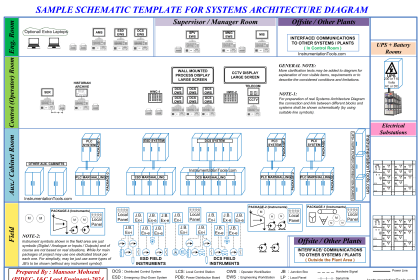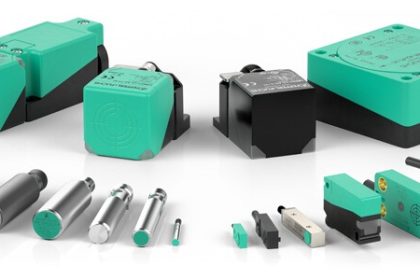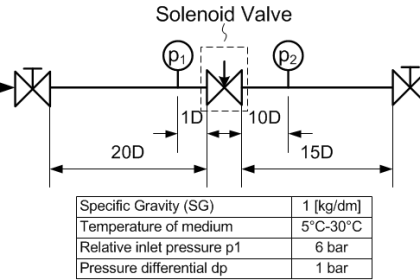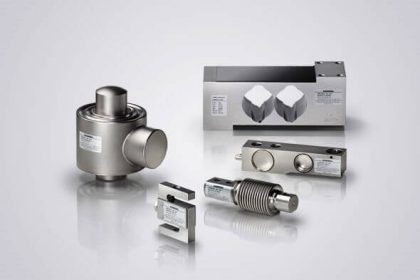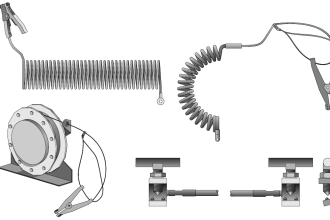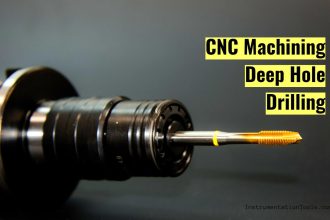Electrical panels are a very integral part of industrial automation. Be it a PLC panel, MCC panel, or PCC panel; panels are required in each and every application. Because you cannot just keep open the electrical devices outside to the atmosphere.
Panels play a role in protecting the devices from exposure to preventing the nearby personnel from getting an electric shock. So, it is necessary to understand what is the right panel enclosure for their application. In this post, we will learn how to select the right panel enclosure for your application.
How to choose an enclosure?
An electrical panel enclosure is a box-shaped component that houses all the electrical components. It has a door which allows you to open or close the panel.
Panel door has some components mounted on them like an energy meter, fan, push buttons, and lamps. Inside the enclosure, there is a provision named gland hole, which allows it to accept wires from outside the field, without opening the door. This keeps the panel safe to operate.
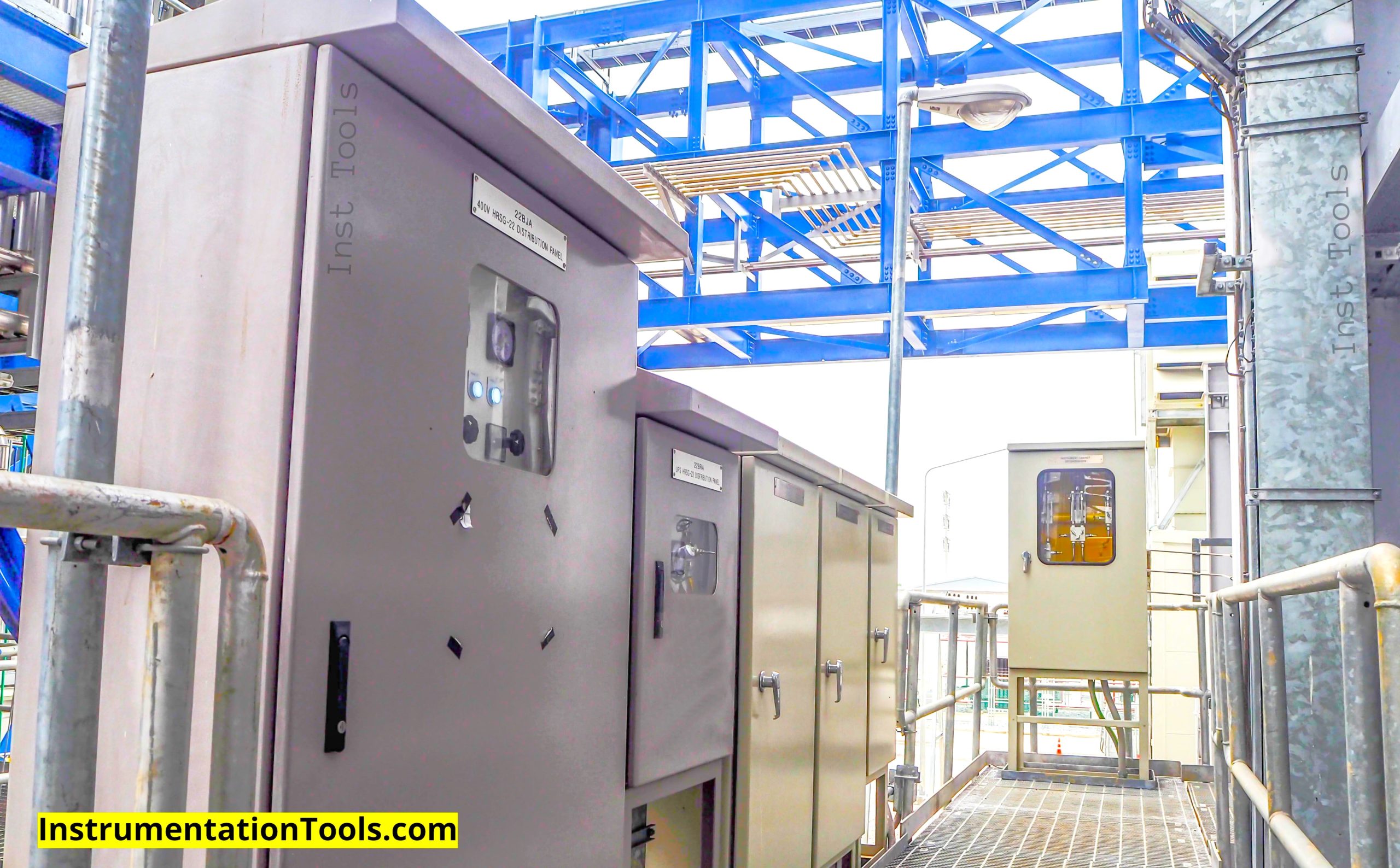
Let us see some factors to consider when choosing a panel enclosure.
IP rating
This is the most important factor to consider. IP stands for Ingress Protection. It is a standard which specifies at what level the panel can provide protection against dust, oil, foreign bodies, and moisture.
IP rating consists of two digits, where the first digit specifies the level of protection against solid and the second digit specifies level of protection against liquid. You can find the meaning of each digit value on the website of IP or any standard electrical chart. Accordingly, you need to choose the IP rating protection that your panel can provide (for example, IP65).
Enclosure material
The enclosure is made of different types of material like painted carbon steel, stainless steel, aluminum, fiberglass reinforced polyester, polycarbonate, PVC, and thermoplastic ABS.
When choosing the material, you have to see it’s overall weight, tolerance to outer environment, size, cost and looks. Every material has it’s own pros and cons; and you need to study them well before choosing the right material for your application.
Vendors also provide a material test certificate, which ensures that it is fit to use.
Size
Panels can come in various sizes. Depending on your area, you can choose the corresponding size. It should be not so small or compact that the panel looks congested from the inside; neither should it be too long or big that unnecessary space has been left empty.
Panels when placed in an industrial area should be easily accessible and also not cause any hindrance to the personnel during walking, be free from nearby electrical panels or live parts, and have a required amount of airflow in the room. So, considering panel sizing is important. Wall-mounted enclosures too work a lot, but all of them have a common choice factor of size.
Mounting
Panels are mounted either on the floor or on the wall. Depending on that, you have to look for factors like location, wall mounting brackets, or a stand. It should be such that the nearby personnel get it easy to access.
As many PLC panels have an HMI mounted on them, the panel mounting should be such that the operator gets to easily see the screens and not face any hiccups in that.
Single-door / double-door
Panel enclosures have both types of doors on it – single and double. Double doors increase cost, but provide a good maintenance value. This means, you can keep one side of the door closed and do the required part of maintenance from the second door keeping it open. This prevents you from unnecessarily touching any live component accidentally.
Most panels house high-voltage components on one side and low voltage on the other. So, such panels work safely with a double door. Depending on your budget and application requirements, you have to choose the door type.
Ventilation and air conditioning
Some electrical panels require an AC for cooling, and some require some source of ventilation, sun shields, or exhaust fan. It all depends on the inside-panel electrical heat load, external temperature, and humidity.
If proper ventilation and cooling is not there, then the lifetime of the panel will decrease and result in constant breakdown. So, when choosing a panel enclosure, you need to first calculate its cooling or ventilation requirement, and then give the confirmation accordingly.
Safety locking
Standard electrical panel enclosures have different types of lock mechanisms. It must also comply with the internal main incomer MCB (as the switching on or off of the MCB is directly linked with door opening or closing).
So, choose the appropriate locking mechanism according to your requirements. Many advanced panels nowadays have measures like RFID or biometrics to access the door opening or closing.
In this way, we saw the factors to be considered for choosing the right panel enclosure.


